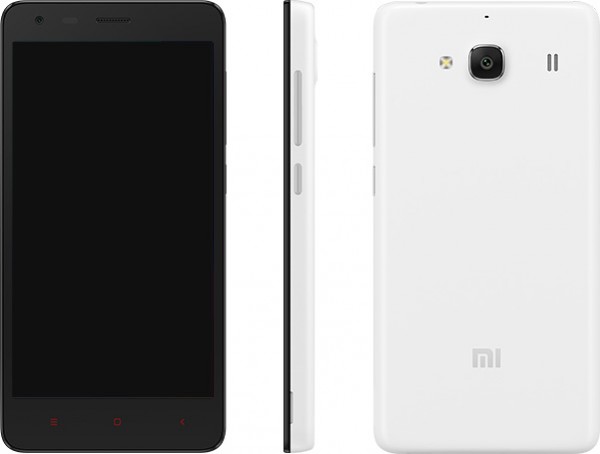Xiaomi is shipping its updated Redmi 2 budget phone in Singapore on March 17, hoping to attract users once more with improved hardware at the same S$169 price.
Though the exterior looks similar to the original Redmi, the new phone now comes with two 4G SIM card slots. Instead of swapping between a 3G and a 2G link previously, you can now switch seamlessly between two zippy 4G connections.
This is particularly handy when you have a company SIM card and a personal one. On your travels, the seamless switching on the company’s MiUI also means conveniently swapping connections on the go.
Also new is the Qualcomm Snapdragon 410 processor. In place of the previous Mediatek Cortex A7 chip, the new engine is souped up and even runs some demanding games smoothly.
During a Singapore media event today, I managed to run through a round of Asphalt 8: Airborne as well as check out the Epic Citadel demo. Both demanding apps were smooth and I didn’t detect any lag.
If there is any hint of a performance hit, it’s in the loading of the games. They took several seconds to get me into the action, perhaps because of the modest 1GB of RAM onboard.
Interestingly, Xiaomi is keeping to the same amount of memory as before, instead of bringing in a souped up 2GB option. For apps to switch smoothly, surely doubling the memory would have helped.
At least there’s good news in terms of the onboard storage. This has been upped from 4GB to 8GB, so you don’t have to push so many apps onto a microSD card.
Like before, the screen is a 4.7-inch affair with a 1,280 x 720 resolution. Nothing spectacular there, especially when compared to Full HD and Quad HD offerings on high-end models, but on small screen size, the lower resolution doesn’t make images and icons look too fuzzy.
Going with Qualcomm has also let Xiaomi bring the chipmaker’s Quick Charge technology – at least version 1.0 – to the Redmi 2. Though not as advanced as the Quick Charge 2.0 on high-end phones, the technology will let you juice up the phone faster than the previous Redmi.
The main camera remains a basic 8-meg unit, with the front sensor boosted to 2 megapixels from the previous 1.3 meg. That should help take slightly sharper selfies.
Will Xiaomi succeed once again with its cheapest offering? After shocking the market last year, it has seen rivals such as Asus and ZTE enter the fray as well, so things are not as straightforward as before.
Still, at the same low S$169 asking price, the Redmi 2 will attract bargain hunters as well as folks looking for a second phone for use during their travels.
We are testing the Redmi 2 now and will be back with a more detailed review soon.








In the age of phones with 3GB or 4GB Ram( like Asus Zenphone 2) , who will buy this rubbish phone with 1GB RAM ? It is pointless writing a review for a slow lethargic phone as Android needs atleast 2Gb (LPDDR3 or LPDDR4) RAM to run properly.
Instead Alfred you should be educating users not to buy Android phones with less than 2gb Ram.
Only Windows And IOS wok properly with 1Gb RAM as the OS is different and use memory differently.
Hi Sam, the previous version of the Redmi, with its 1GB RAM, was a good deal for its price and performance. I’m surprised as well that Xiaomi hasn’t upped the RAM like it has souped up the rest of the hardware. Perhaps that is why I also noticed the slow loading of the games. Once in the game, however, I did not detect any lag. Will try it out longer to see how it goes, of course.